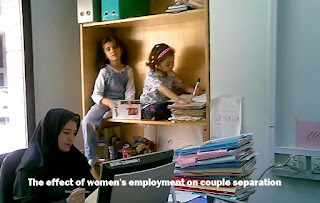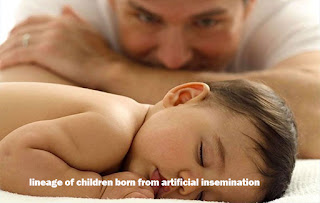Human simulation from a jurisprudential and legal point of view (Article: Human simulation )
a Samira Mozaffari Laqa ,b Mahmoud Aghajani,''The Study of Human Simulation from the Perspective of Imamieh Jurisprudence and Iranian Law'' 4th Conference on Psychology, Social Sciences and Humanities , Delhi -India (February 2020)
a M.A in Family Law, Department of Islamic Law and Education, Kerman Branch, Islamic Azad University, Kerman, Iran
b Ph.D. in Jurisprudence and Islamic Law, Assistant Professor of Islamic Jurisprudence and Foundations, Kerman Branch, Islamic Azad University, Kerman, Iran
Site address and place of publication of the article:http://pehconf.com/en/
The focus of the Conference: Psychology and Humanities
Article Axis: Humanities, Law
The Study of Human Simulation from the Perspective of Imamieh Jurisprudence and Iranian Law
AbstractSimulation is a therapeutic approach, which was
formed in the third decade of the twentieth century. This treatment began in
1952 and eventually led to human birth in 2002 and is one of the new ways of
treating infertility. Simulation has various types including plant and animal
simulation, therapeutic simulation and human simulation. The question that
comes to Public opinion mind about these types of methods is that’s human
reproduction and birth legitimate using this method from a Jurisprudence and
legal viewpoint? The purpose of this study was to
investigate the viewpoints of Imamieh jurisprudence and Iranian laws regarding
the validity or incorrectness of using human simulation method to treat couples
infertility. The research method is
descriptive-analytical and its data collection is library. Finally, by
examining this issue in Imamieh jurisprudence and Iranian law, we came to the
conclusion that all Imamieh jurists have considered the use of herbal and
animal simulation as well as therapeutic simulation to be legitimate and
permitted. But there is disagreement about human simulation, some agree and
some disagree with this method. In terms of the laws and regulations of the
Islamic Republic of Iran There are no judgments about human simulation Only a
few jurisconsult have commented, Some disagree with it and others agree and
Each has their reasons and in the case of therapeutic simulation, They argue
that Prevent and to disagree is not sensible.
Keywords: Human Simulation, Imamieh Jurisprudence, Iranian Law
With the studies done in Imamieh jurisprudence and Iranian law, we came to the conclusion that by using the simulation method, no seizure is created in the system of creation. In fact, the use of this method indicates the application of the laws that God has promised to humanity in the universe according to verse53 of Surah Fussilat. As a result, it cannot be considered illegal and it is permissible to use them as long as they do not cause corruption. Based on these arguments, Imamieh jurists believe in three theories. Some have considered it haram, some have considered it permissible and another group has considered it permissible only in limited cases. But what has been cited as a popular opinion is that according to the principle of impropriety and the explicit text of the two rules (مطلق حتّیٰ یرد فیه نهی ) and (کُلُّ شَیْءٍ هُوَ لَکَ حَلَالٌ حَتَّى تَعْلَمَ أَنَّهُ حَرَامٌ بِعَیْنِهِ) The principle of human simulation is permissible. However, its use is limited to special cases, and regarding therapeutic simulation, all Imami jurists have unanimously considered its use permissible. Legally and in the laws and regulations of the Islamic Republic of Iran, there is no explicit provision regarding human simulation. Only a handful of jurists have expressed their views on the use of this method, which the first group opposes and the other group agrees with. However, the views and reasons expressed by jurists in this regard are not substantiated. But what can be deduced from their argument is that when it comes to human simulation and treatment, all jurists agree that it is not rational to oppose or prohibit the use of these methods.
How
To Cite The Article:
If
you want to refer to this article in your research work, you can simply use the
following phrase in the resources section:
Inside
the text, wherever a phrase or achievement of this article is mentioned, after
mentioning the content, the following specifications are written in parentheses.
For
the first time: (Mozaffari Laqa, Samira and Mahmoud Aghajani, 2020)
For the second time onwards: (Mozaffari Laqa and Aghajani, 2020)
Scientific Sponsors Of The Conference Proceedings




Comments